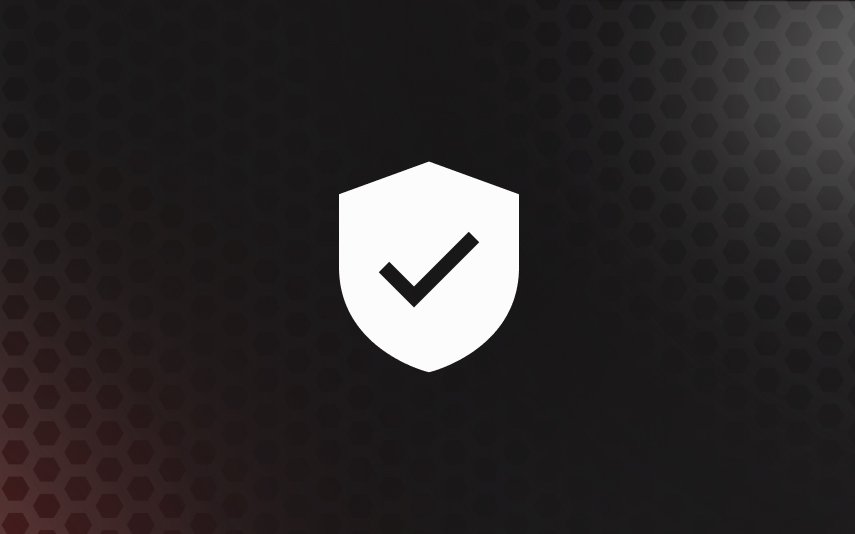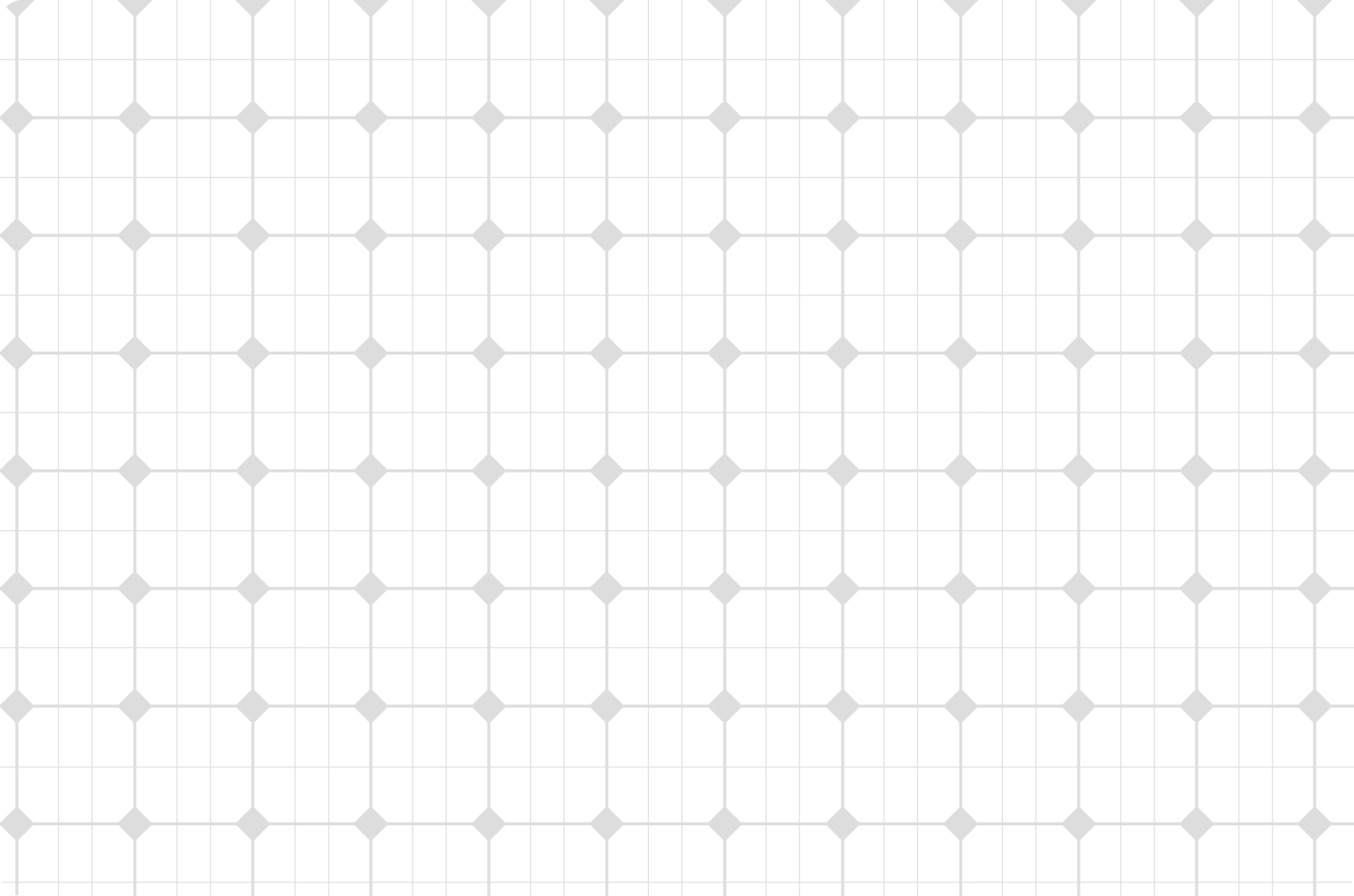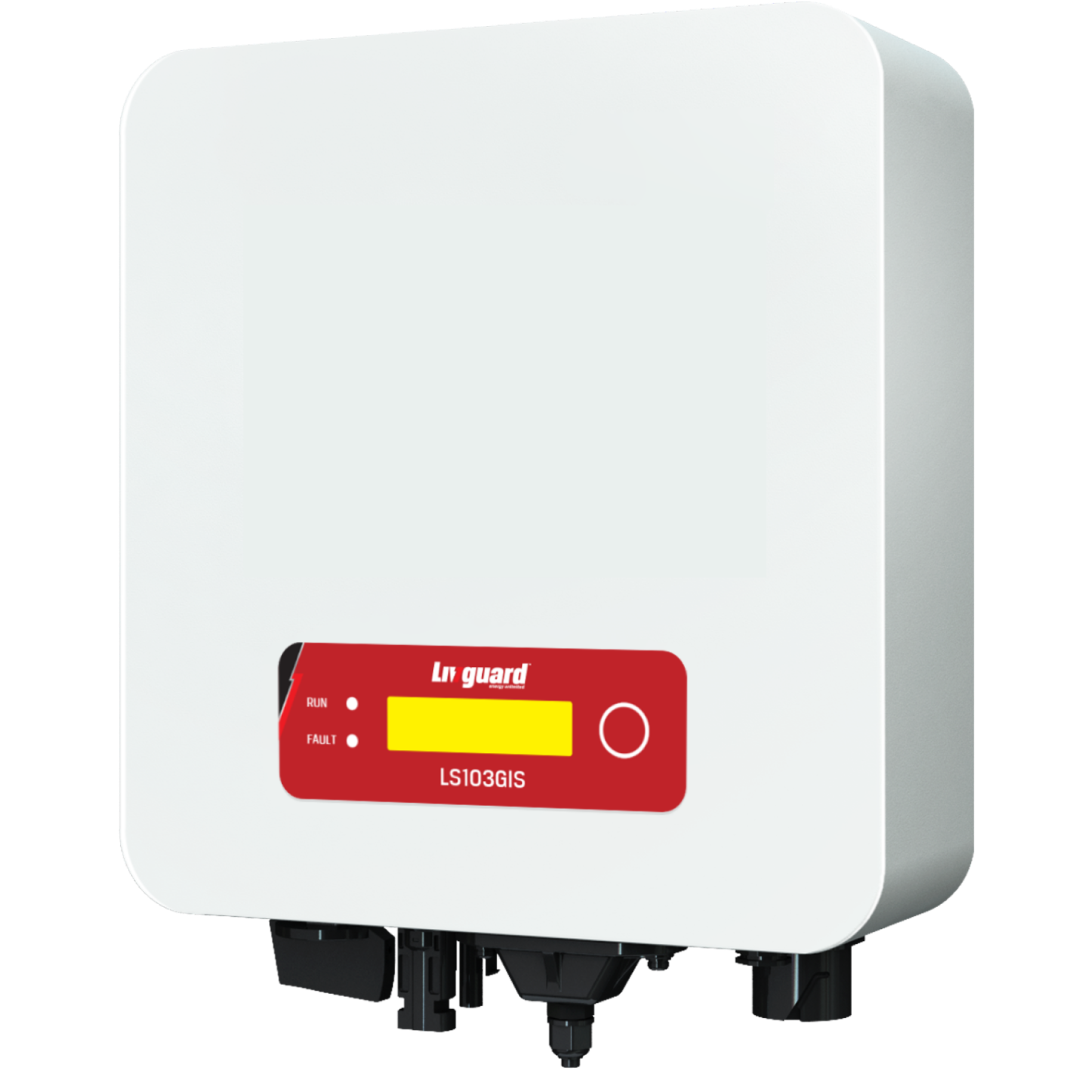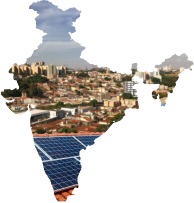Power Your Home

Discover Excellence
For a Seamless Solar Journey

Smart Control
Inverters made with smart remote monitoring. With the LivMonitor 360, keep track of your inverter and other updates on your mobile screen. Experience ease of access and power-packed energy experience.

Futuristic Design
Experience the versatility of Livguard's on-grid inverters, designed to operate efficiently even in challenging voltage conditions, ensuring uninterrupted power for your home.

Wide Range
On-grid inverters made with a sleek and lightweight design that not only looks modern but also offers convenience in installation and handling, making your solar journey effortless.

Assured Warranty
Experience peace of mind with an assured warranty of 10 years with Livguard On-grid inverters. Get efficiency packed with dynamic features for uninterrupted energy at your home at all times.

Smart Control
Inverters made with smart remote monitoring. With the LivMonitor 360, keep track of your inverter and other updates on your mobile screen. Experience ease of access and power-packed energy experience.

Futuristic Design
Experience the versatility of Livguard's on-grid inverters, designed to operate efficiently even in challenging voltage conditions, ensuring uninterrupted power for your home.

Wide Range
On-grid inverters made with a sleek and lightweight design that not only looks modern but also offers convenience in installation and handling, making your solar journey effortless.

Assured Warranty
Experience peace of mind with an assured warranty of 10 years with Livguard On-grid inverters. Get efficiency packed with dynamic features for uninterrupted energy at your home at all times.

Smart Control
Inverters made with smart remote monitoring. With the LivMonitor 360, keep track of your inverter and other updates on your mobile screen. Experience ease of access and power-packed energy experience.

Futuristic Design
Experience the versatility of Livguard's on-grid inverters, designed to operate efficiently even in challenging voltage conditions, ensuring uninterrupted power for your home.

Wide Range
On-grid inverters made with a sleek and lightweight design that not only looks modern but also offers convenience in installation and handling, making your solar journey effortless.

Assured Warranty
Experience peace of mind with an assured warranty of 10 years with Livguard On-grid inverters. Get efficiency packed with dynamic features for uninterrupted energy at your home at all times.
Find Your Fit
Based On Your Needs
Single Phase
3-Phase
Experience the future of residential solar power with Livguard Solar's 1-Phase Inverters. These smart inverters offer remote monitoring through the LivMonitor 360 app, providing real-time updates on your mobile device. With a futuristic design and versatile operation, Livguard On-Grid Inverters ensure uninterrupted power in varying voltage conditions. Rest easy with a 10-year warranty, assuring efficiency and uninterrupted energy for your home.
On Grid Inverter | 10 Years Warranty | 5KW Rating
LS105GIS
Livguard Grid Interactive Inverter is a state of the art technology that converts DC power from solar to AC power with the inherent ability to synchro Read more
Warranty
10 years
Rating
5 KW
Weight
10 kg
Dimensions (LxWxH)
345x341x167 mm
On Grid Inverter | 10 Years Warranty | 3KW Rating
LS103GIS
Livguard Grid Interactive Inverter is a state of the art technology that converts DC power from solar to AC power with the inherent ability to synchro Read more
Warranty
10 years
Rating
3 KW
Weight
6.3 kg
Dimensions (LxWxH)
321x260.5x131.5 mm
On Grid Inverter | 10 Years Warranty | 5KW Rating
LS105GIS
Livguard Grid Interactive Inverter is a state of the art technology that converts DC power from solar to AC power with the inherent ability to synchro Read more
Warranty
10 years
Rating
5 KW
Weight
10 kg
Dimensions (LxWxH)
345x341x167 mm
On Grid Inverter | 10 Years Warranty | 3KW Rating
LS103GIS
Livguard Grid Interactive Inverter is a state of the art technology that converts DC power from solar to AC power with the inherent ability to synchro Read more
Warranty
10 years
Rating
3 KW
Weight
6.3 kg
Dimensions (LxWxH)
321x260.5x131.5 mm
On Grid Inverter | 10 Years Warranty | 5KW Rating
LS105GIS
Livguard Grid Interactive Inverter is a state of the art technology that converts DC power from solar to AC power with the inherent ability to synchro Read more
Warranty
10 years
Rating
5 KW
Weight
10 kg
Dimensions (LxWxH)
345x341x167 mm
On Grid Inverter | 10 Years Warranty | 3KW Rating
LS103GIS
Livguard Grid Interactive Inverter is a state of the art technology that converts DC power from solar to AC power with the inherent ability to synchro Read more
Warranty
10 years
Rating
3 KW
Weight
6.3 kg
Dimensions (LxWxH)
321x260.5x131.5 mm

Frequently Asked Questions
Want more information on Solar? Find your answers here
Looking for service resolution?
Contact us at +91 9999039039 at any day of the week between 9 am to 6 pm, and our team will resolve it within 48 hours!
Be the first to find out about new stories & latest offers!
LIVGUARD ENERGY TECHNOLOGIES PRIVATE LIMITED
Registered Office
Plot No. 221, Phase-I, Udyog Vihar, Gurgaon 122016 Haryana, India
CIN: U51909HR2014FTC091348
#EnergyUnlimited
Shopping Tools
Media & Gallery
© Livguard 2023. All Rights Reserved
We use cookies (and similar techniques) on our site to improve the experience for you, enabling you to benefit from social sharing functionality (for Facebook, Instagram, etc.) and to tailor messages that are relevant to you (on our site, and others). They also help us understand how our site is being used. Read our Privacy Policy for details. By clicking "Accept" you consent to our use of cookies.


